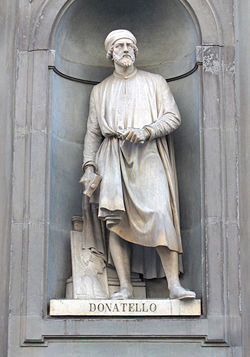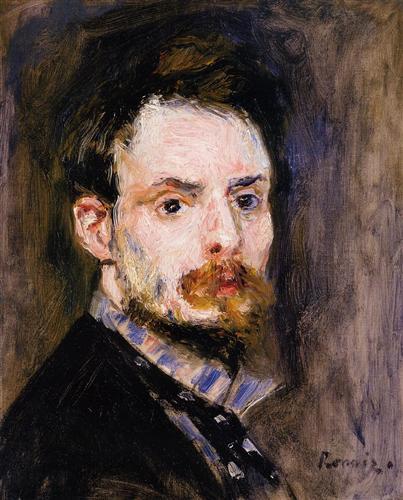


Books in series

The Complete Works
2006

Masters of Art
Johannes Vermeer
2012

Delphi Collected Works of Claude Monet US (Illustrated)
2011

Delphi Collected Works of J.M.W. Turner (Illustrated)
2014

Delphi Complete Works of Caravaggio
2014

Complete Works of Gustav Klimt
2014

Complete Paintings of Dante Gabriel Rossetti
2014

Complete Works of Rembrandt van Rijn
2014

The Complete Poems of Michelangelo
Joseph Tusiani's Classic Translation
1986

Delphi Complete Works of Pierre-Auguste Renoir
2015

Delphi Complete Works of Raphael (Illustrated)
2015

Collected Works of Paul Klee
2015

Delphi Complete Works of John Singer Sargent
2015

Complete Works of Sandro Botticelli
2011
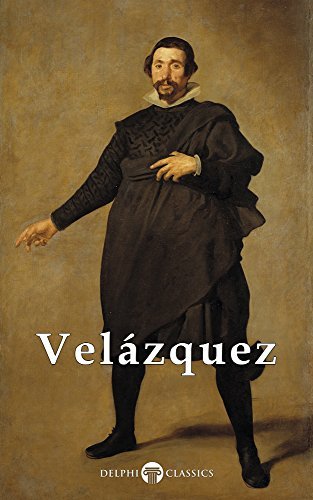
Complete Works of Diego Velazquez
2016

Delphi Complete Paintings of Eugene Delacroix
2016

Complete Paintings of Francisco de Goya
2016
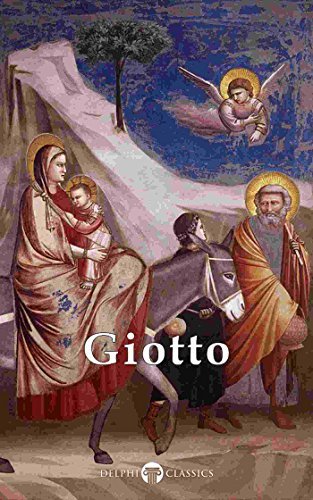
Complete Works of Giotto
2016

Complete Works of Edgar Degas
2016
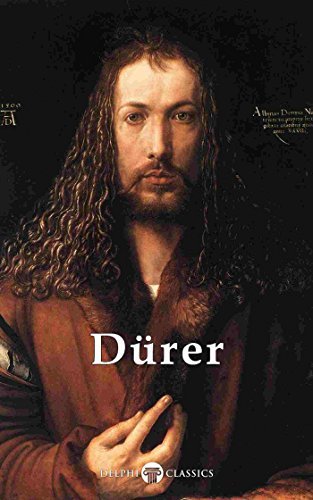
Complete Works of Albrecht Dürer
2016

Complete Paintings of Amedeo Modigliani
2016
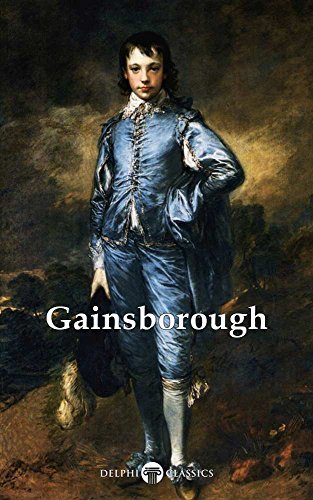
Complete Works of Thomas Gainsborough
2016
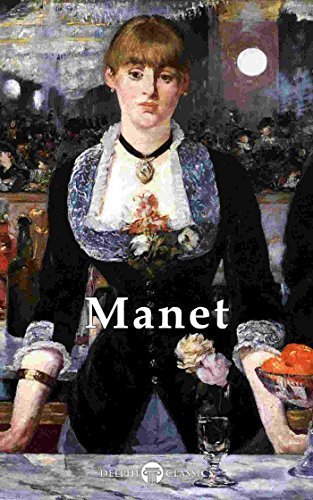
Complete Works of Édouard Manet
2016

Complete Paintings of Caspar David Friedrich
2016

Collected Works of Canaletto
2016

Complete Works of Paul Gauguin
2016
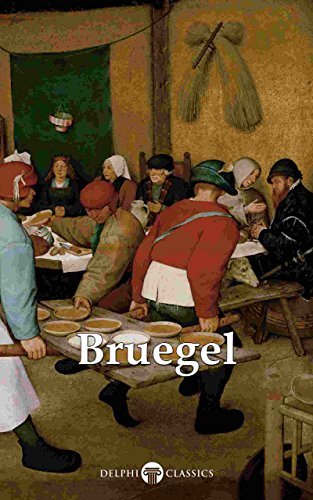
Complete Works of Pieter Bruegel the Elder
2016

Delphi Complete Works of Artemisia Gentileschi
2017

Complete Paintings of Claude Lorrain
2017

The History of Art in 50 Paintings
2017

Complete Works of Giovanni Bellini
2017

Collected Paintings of Edvard Munch
2017
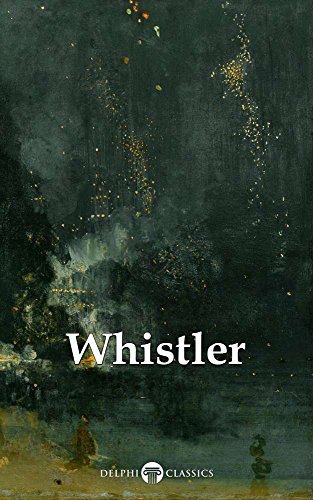
Complete Paintings of James McNeill Whistler
2017

Complete Works of Hieronymus Bosch
2017
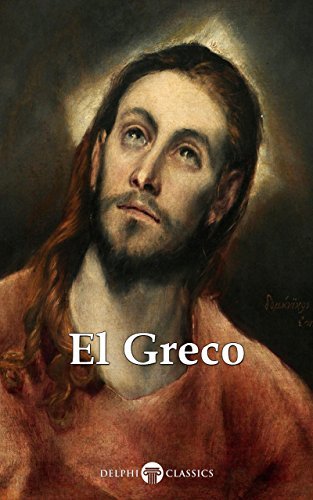
Complete Works of El Greco
2017

Complete Paintings of Camille Pissarro
2017

Complete Works of Jacques-Louis David
2017
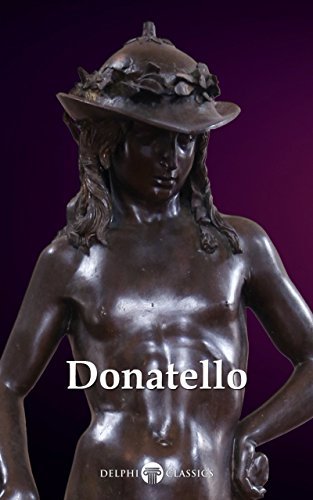
Complete Works of Donatello
2017

Complete Works of Tintoretto
2018

Delphi Complete Works of Jean-Honoré Fragonard
2018
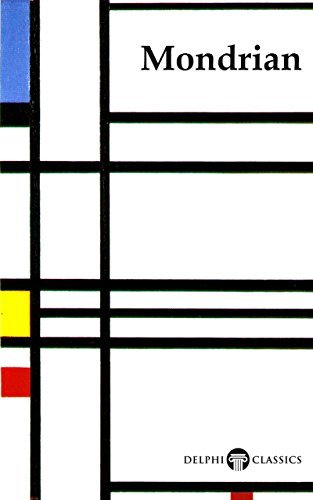
Complete Works of Piet Mondrian
2018
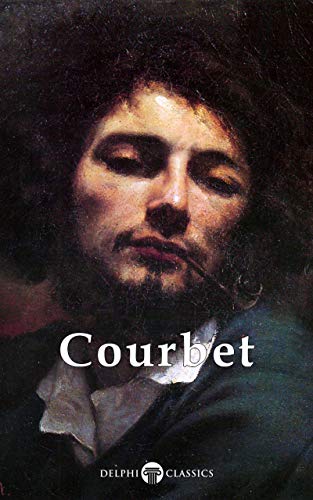
Delphi Complete Paintings of Gustave Courbet (Illustrated)
2019
Authors
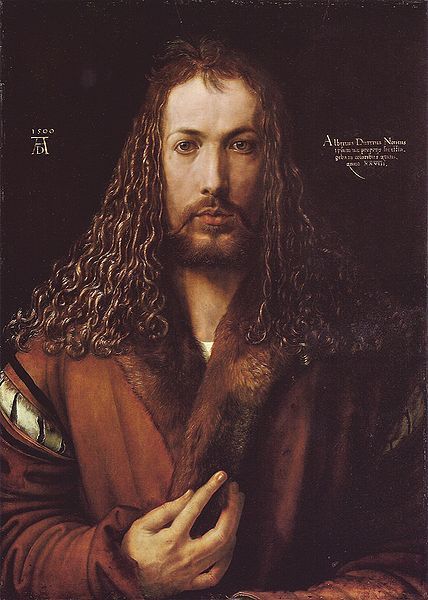
German painter and engraver Albrecht Dürer incorporated the classicism of the Renaissance of Italy into northern European art. This printmaker and theorist hailed from Nuremberg. https://en.wikipedia.org/wiki/Albrech...



Rembrandt Harmenszoon van Rijn was a Dutch painter and etcher. He is generally considered one of the greatest painters and printmakers in European art history and the most important in Dutch history. His contributions to art came in a period that historians call the Dutch Golden Age. Having achieved youthful success as a portrait painter, his later years were marked by personal tragedy and financial hardship. Yet his drawings and paintings were popular throughout his lifetime, his reputation as an artist remained high and for twenty years he taught nearly every important Dutch painter. Rembrandt's greatest creative triumphs are exemplified especially in his portraits of his contemporaries, self-portraits and illustrations of scenes from the Bible. The self-portraits form a unique and intimate biography, in which the artist surveyed himself without vanity and with the utmost sincerity. In both painting and printmaking he exhibited a complete knowledge of classical iconography, which he molded to fit the requirements of his own experience; thus, the depiction of a biblical scene was informed by Rembrandt's knowledge of the specific text, his assimilation of classical composition, and his observations of the Jewish population of Amsterdam. Because of his empathy for the human condition, he has been called "one of the great prophets of civilization."


It was on April 15, 1452, that Leonardo was born in the town of Vinci, Republic of Florence, in what is now in Italy, the illegitimate son of a notary and a barmaid. It is from his birthplace that he is known as Leonardo da Vinci. Leonardo seemed to master every subject to which he turned his attention: he was a painter, draftsman, sculptor, architect, and engineer, wrote poetry and stories: the prototype Renaissance man! His Last Supper (1495-97) and Mona Lisa (La Gioconda, 1503-06) are among the most popular paintings from the Renaissance. He and his rival Michelangelo did great service to the medical arts by accurate paintings of dissections, which were only occasionally allowed by the Church. Yet, his artistry appeared to be an afterthought, as he frequently left his works unfinished, and only about fifteen of his paintings survive. His notebooks reveal that he was centuries ahead of his time in mechanics and physic, fortifications, bridges, weapons, and river diversions to flood the enemy, which aided Italian city-states in their many wars. Leonardo was an early evolutionist regarding fossils. Through his careful observations he noted that “if the shells had been carried by the muddy deluge they would have been mixed up, and separated from each other amidst the mud, and not in regular steps and layers—as we see them now in our time.” Leonardo reasoned that what is now dry land, where these aquatic fossils were found, must once have been covered by seawater. He was for a short time accused of homosexuality: there is no evidence Leonardo had any sexual interest in women. As he wrote in his notebooks, “The act of procreation and anything that has any relation to it is so disgusting that human beings would soon die out if there were no pretty faces and sensuous dispositions.” And what of his religion? It is significant that at the end of his life he felt he had much spiritual negligence to atone for. His first biographer, Giorgio Vasari, wrote in 1550: "Finally, …feeling himself near to death, [he] asked to have himself diligently informed of the teaching of the Catholic faith, and of the good way and holy Christian religion; and then, with many moans, he confessed and was penitent; and … was pleased to take devoutly the most holy Sacrament, out of his bed. The King, who was wont often and lovingly to visit him, then came into the room; wherefore he, out of reverence … showed withal how much he had offended God and mankind in not having worked at his art as he should have done." There was much skepticism in Renaissance Italy at the time, and Leonardo was an intellectual genius, not just an artistic genius. While there was great intellectual freedom during the Italian Renaissance, there were limits as long as the Dominicans, the “Hounds of the Lord,” were active. This semblance of a deathbed conversion, by so critical a thinker and so great a genius as Leonardo, who would have nothing to lose by professing piety all his life, can only mean that during his prime years he was a secret freethinker. Leonardo died quietly on the 2 of May, 1519, a few weeks following his 67th birthday.
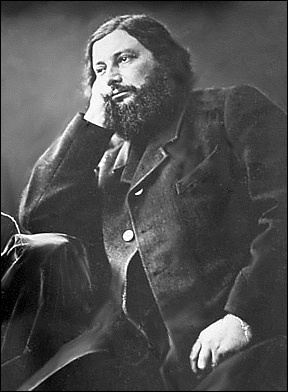
Jean Désiré Gustave Courbet was a French painter who led the Realist movement in 19th-century French painting. Committed to painting only what he could see, he rejected academic convention and the Romanticism of the previous generation of visual artists. His independence set an example that was important to later artists, such as the Impressionists and the Cubists. Courbet occupies an important place in 19th-century French painting as an innovator and as an artist willing to make bold social statements through his work. Courbet's paintings of the late 1840s and early 1850s brought him his first recognition. They challenged convention by depicting unidealized peasants and workers, often on a grand scale traditionally reserved for paintings of religious or historical subjects. Courbet's subsequent paintings were mostly of a less overtly political character: landscapes, seascapes, hunting scenes, nudes, and still lifes. Courbet, a socialist, was active in the political developments of France. He was imprisoned for six months in 1871 for his involvement with the Paris Commune and lived in exile in Switzerland from 1873 until his death four years later.
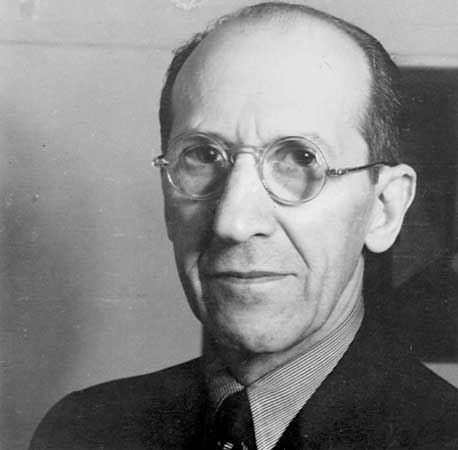
Pieter Cornelis Mondriaan, one of the founders of the Dutch modern movement De Stijl, is recognized for the purity of his abstractions and methodical practice by which he arrived at them. He radically simplified the elements of his paintings to reflect what he saw as the spiritual order underlying the visible world, creating a clear, universal aesthetic language within his canvases. In his best known paintings from the 1920s, Mondrian reduced his shapes to lines and rectangles and his palette to fundamental basics pushing past references to the outside world toward pure abstraction. His use of asymmetrical balance and a simplified pictorial vocabulary were crucial in the development of modern art, and his iconic abstract works remain influential in design and familiar in popular culture to this day. A theorist and writer, Mondrian believed that art reflected the underlying spirituality of nature. He simplified the subjects of his paintings down to the most basic elements, in order to reveal the essence of the mystical energy in the balance of forces that governed nature and the universe. Mondrian chose to distill his representations of the world to their basic vertical and horizontal elements, which represented the two essential opposing forces: the positive and the negative, the dynamic and the static, the masculine and the feminine. The dynamic balance of his compositions reflect what he saw as the universal balance of these forces. Mondrian's singular vision for modern art is clearly demonstrated in the methodical progression of his artistic style from traditional representation to complete abstraction. His paintings evolve in a logical manner, and clearly convey the influence of various modern art movements such as Luminism, Impressionism, and most importantly, Cubism. Mondrian, and the artists of De Stijl, advocated pure abstraction and a pared down palette in order to express a utopian ideal of universal harmony in all of the arts. By using basic forms and colors, Mondrian believed that his vision of modern art would transcend divisions in culture and become a new common language based in the pure primary colors, flatness of forms, and dynamic tension in his canvases. Mondrian's book on Neo-Plasticism became one of the key documents of abstract art. In it, he detailed his vision of artistic expression in which "plastic" simply referred to the action of forms and colors on the surface of the canvas as a new method for representing modern reality. [http://www.theartstory.org/artist-mon...]
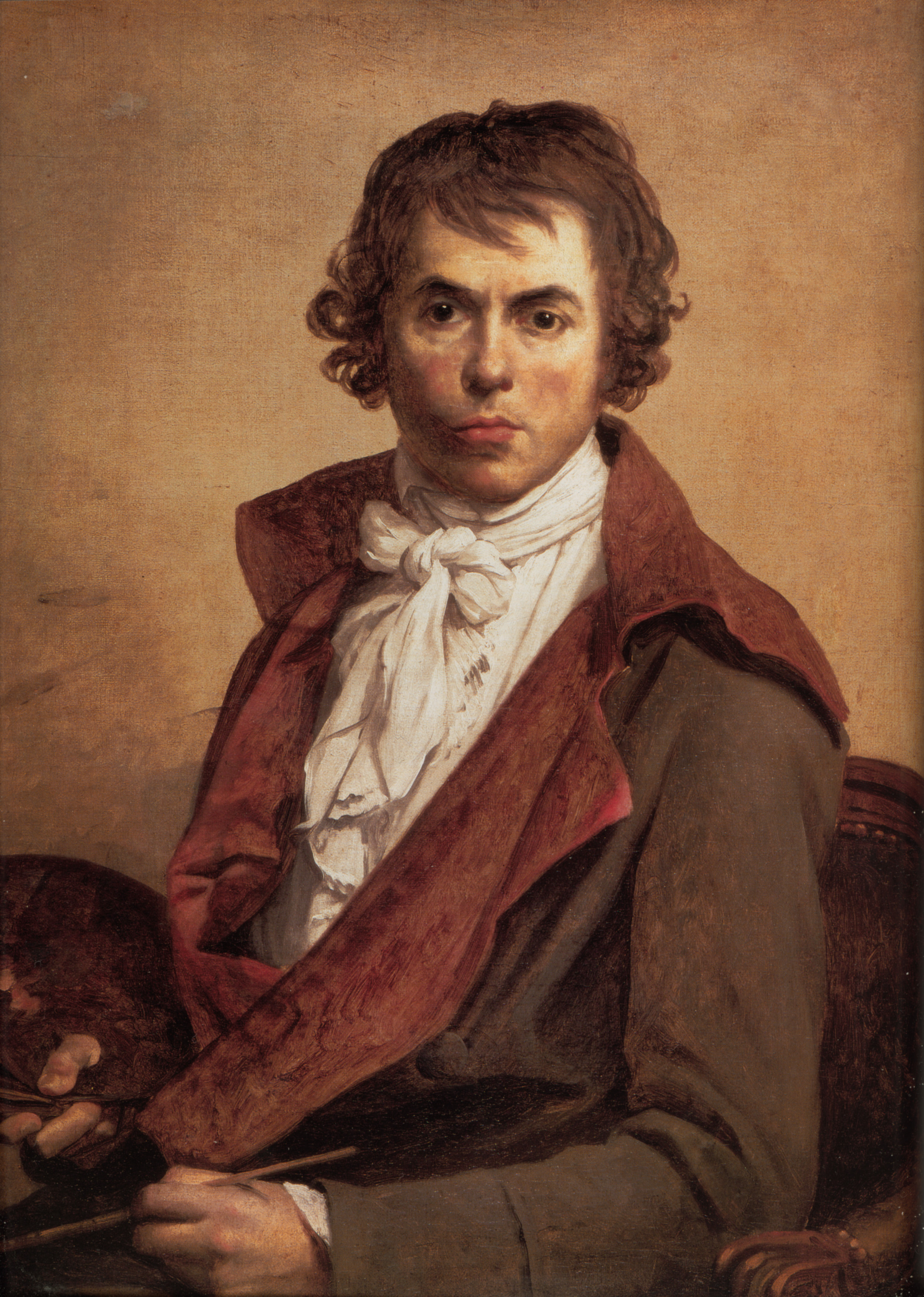
Jacques-Louis David (1748 - 1825) was a French painter in the Neoclassical style, considered to be the preeminent painter of the era. In the 1780s, his cerebral brand of history painting marked a change in taste away from Rococo frivolity toward classical austerity and severity and heightened feeling, harmonizing with the moral climate of the final years of the Ancien Régime. David later became an active supporter of the French Revolution and friend of Maximilien Robespierre (1758 - 1794), and was effectively a dictator of the arts under the French Republic. Imprisoned after Robespierre's fall from power, he aligned himself with yet another political regime upon his release: that of Napoleon, the First Consul of France. At this time he developed his Empire style, notable for its use of warm Venetian colours. After Napoleon's fall from Imperial power and the Bourbon revival, David exiled himself to Brussels, then in the United Kingdom of the Netherlands, where he remained until his death. David had many pupils, making him the strongest influence in French art of the early 19th century, especially academic Salon painting.
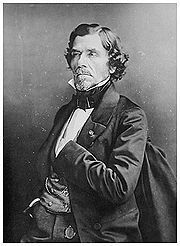
Ferdinand Victor Eugène Delacroix was a French Romantic artist regarded from the outset of his career as the leader of the French Romantic school. Delacroix's use of expressive brushstrokes and his study of the optical effects of colour profoundly shaped the work of the Impressionists, while his passion for the exotic inspired the artists of the Symbolist movement. A fine lithographer, Delacroix illustrated various works of William Shakespeare, the Scottish writer Sir Walter Scott and the German writer Johann Wolfgang von Goethe. In contrast to the Neoclassical perfectionism of his chief rival Ingres, Delacroix took for his inspiration the art of Rubens and painters of the Venetian Renaissance, with an attendant emphasis on color and movement rather than clarity of outline and carefully modeled form. Dramatic and romantic content characterized the central themes of his maturity, and led him not to the classical models of Greek and Roman art, but to travel in North Africa, in search of the exotic. Friend and spiritual heir to Théodore Géricault, Delacroix was also inspired by Byron, with whom he shared a strong identification with the "forces of the sublime", of nature in often violent action. However, Delacroix was given neither to sentimentality nor bombast, and his Romanticism was that of an individualist. In the words of Baudelaire, "Delacroix was passionately in love with passion, but coldly determined to express passion as clearly as possible."
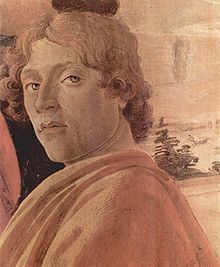
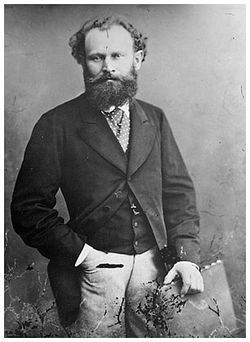
Édouard Manet was a French painter. One of the first nineteenth century artists to approach modern-life subjects, he was a pivotal figure in the transition from Realism to Impressionism. His early masterworks The Luncheon on the Grass and Olympia engendered great controversy, and served as rallying points for the young painters who would create Impressionism—today these are considered watershed paintings that mark the genesis of modern art.
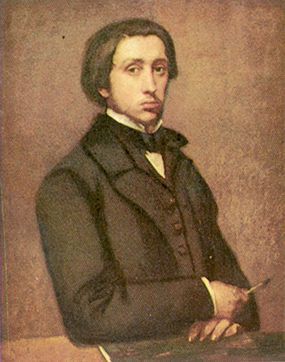
Edgar Degas (born Hilaire-Germain-Edgar De Gas) was a French artist famous for his work in painting, sculpture, printmaking and drawing. He is regarded as one of the founders of Impressionism although he rejected the term, and preferred to be called a realist. A superb draughtsman, he is especially identified with the subject of the dance, and over half his works depict dancers. These display his mastery in the depiction of movement, as do his racecourse subjects and female nudes. His portraits are considered to be among the finest in the history of art. Early in his career, his ambition was to be a history painter, a calling for which he was well prepared by his rigorous academic training and close study of classic art. In his early thirties, he changed course, and by bringing the traditional methods of a history painter to bear on contemporary subject matter, he became a classical painter of modern life.
died perhaps 1652 Works of Italian baroque painter Artemisia Gentileschi include self-portraits and courageous women of the Bible. https://en.wikipedia.org/wiki/Artemis...


Peter Russell M.A., D.C.S., is a British author of ten books and producer of three films on consciousness, spiritual awakening and their role in the future development of humanity. He has designed and taught personal development programs for businesses, and has remained a popular public speaker. In 1965 he was awarded an Open Exhibition to Gonville and Caius College, Cambridge, to study Mathematics. In 1969, he gained a First Class Honours in Theoretical Physics and Experimental Psychology. He then went to Rishikesh, India, where he trained as a teacher of Transcendental Meditation under Maharishi Mahesh Yogi. In 1971, he gained a post-graduate degree in Computer Science. From 1971 to 1974, he studied for a Ph.D. on the psychophysiology of meditation at Bristol University.


Gustav Klimt was born in Baumgarten, near Vienna, the second of seven children—three boys and four girls. All three sons displayed artistic talent early on. His father, Ernst Klimt, formerly from Bohemia, was a gold engraver. Ernst married Anna Klimt (née Finster), whose unrealized ambition was to be a musical performer. Klimt lived in poverty for most of his childhood, as work was scarce and economic advancement was difficult for immigrants. In 1876, Klimt was awarded a scholarship to the Vienna School of Arts and Crafts (Kunstgewerbeschule), where he studied until 1883, and received training as an architectural painter. He revered the foremost history painter of the time, Hans Makart. Klimt readily accepted the principles of a conservative training; his early work may be classified as academic. In 1877 his brother Ernst, who, like his father, would become an engraver, also enrolled in the school. The two brothers and their friend Franz Matsch began working together; by 1880 they had received numerous commissions as a team they called the "Company of Artists", and helped their teacher in painting murals in the Kunsthistorisches Museum in Vienna. Klimt began his professional career painting interior murals and ceilings in large public buildings on the Ringstraße including a successful series of "Allegories and Emblems". In 1888, Klimt received the Golden order of Merit from Emperor Franz Josef I of Austria for his contributions to murals painted in the Burgtheater in Vienna. He also became an honorary member of the University of Munich and the University of Vienna. In 1892 both Klimt's father and brother Ernst died, and he had to assume financial responsibility for his father's and brother's families. The tragedies affected his artistic vision as well, and soon he would veer toward a new personal style. In the early 1890s, Klimt met Emilie Flöge, who, notwithstanding the artist's relationships with other women, was to be his companion until the end of his life. Whether his relationship with Flöge was sexual or not is debated, but during that period Klimt fathered at least 14 children. —Wikipedia
